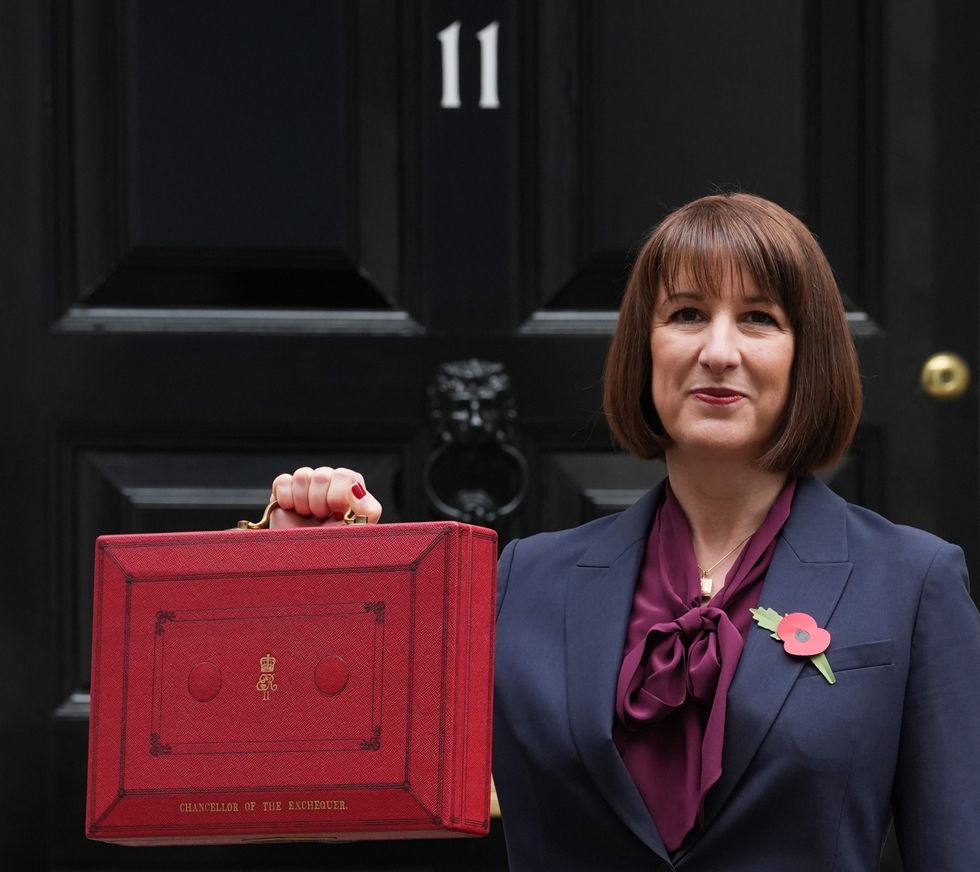Mortgage rates in the UK are set to rise, as the cost of UK gilts has reached a 12-month high.
This rise is expected to have significant implications for homeowners and prospective buyers alike.
There has also been a spike in swap rates, which influence the pricing of fixed-rate mortgages. The rise has been attributed to Chancellor Rachel Reeves’s fiscal plans. These rates have climbed from 3.87 per cent on October 29 to 4.04 per cent today for five-year swaps.
Ten-year gilt yields, which are a proxy for the Government’s borrowing costs, rose this morning by 0.08 percentage points, to a 12-month high of 4.44 per cent.
Yields on two-year gilts, which are sensitive to changes in the interest rate outlook, rose by 0.1 percentage points to 4.41 per cent: a four-month high.
The increase in gilt yields and swap rates is already impacting the mortgage market. Virgin Money has become the first lender to announce rate hikes of up to 0.15 per cent across its fixed mortgage range in response to the Budget.
Swap rates play a crucial role in determining mortgage costs. These rates reflect lenders’ expectations of future interest rates and directly impact the pricing of fixed-rate mortgages.

The recent spike in swap rates following the Budget has raised concerns about potential increases in mortgage rates
PA
The recent spike in swap rates following the Budget has raised concerns about potential increases in mortgage rates.
Mark Harris, chief executive of mortgage broker SPF Private Clients, said: “Swap rates rose on the back of the Budget but this could be a knee-jerk reaction rather than a sustained period of higher rates.”
However, he cautioned: “If swaps remain at elevated levels for a while, lenders may have to reprice higher.”
As the UK 10-year gilt sits at 4.542 per cent – according to Market Watch, the mortgage base rate could mirror this figure.
The Office for Budget Responsibility (OBR) expects average mortgage rates to rise from 3.7 per cent in 2024 to a peak of 4.5 per cent in 2027, remaining at that level until 2030.
The lowest five-year fixed-rate mortgage currently stands at 3.79 per cent, which is unusually below the equivalent swap rate of 4.04 per cent. This suggests that mortgage rates may soon rise to align with the increased swap rates.
Virgin Money’s decision to increase mortgage rates contrasts sharply with Santander’s approach. Whilst Virgin Money hiked rates by up to 0.15 per cent, Santander announced cuts of up to 0.36 per cent on fixed mortgages.
This divergence in lender responses highlights the current market volatility. Kelsey Phillips, head of specialist lending at Arose Finance, said: “Gilt yields and mortgage rates continue to fluctuate as the dust settles following the Austerity Budget.”
Ranald Mitchell, Director at Charwin Mortgages, added: “With Santander’s rate cuts of up to 0.36 per cent on fixed mortgages, lenders are clearly competing despite a volatile market.”
However, Mitchell warned: “The spike in 10-year gilt yields post-budget signals underlying uncertainty, so these reductions may be short-lived if conditions shift.”
Nicholas Mendes, mortgage technical manager at John Charcol, expects the current rise to be a short-term blip. He predicts that mortgage rates could fall to around three per cent next year.
He said: “I anticipate that the downward trend in mortgage rates will resume before the end of the year, likely returning to the best rates we’ve seen recently, with further improvements next year.”
However, the OBR forecasts a different scenario and expects average mortgage rates to hit 4.5 per cent in 2027, remaining at that level until 2030.
LATEST DEVELOPMENTS:
Ben Perks, managing director at Orchard Financial Advisers, noted: “As long as swap rates don’t rocket skyward, more lenders should reduce over the coming weeks.”
The implications for homeowners and prospective buyers are significant. The OBR predicts that around 1.5 million people will need to remortgage in 2024, potentially facing higher rates. This could lead to less affordable debts for many households.
First-time buyers may face additional challenges as the OBR notes that the first-time buyer stamp duty threshold will decrease from £425,000 to £300,000 in March 2025, potentially making it more difficult to get on the property ladder.
Despite these challenges, the OBR forecasts modest house price growth. Prices are expected to dip slightly from 1.7 per cent in 2024 to 1.1 per cent in 2025, before growing by around 2.5 per cent annually from 2026 onwards.